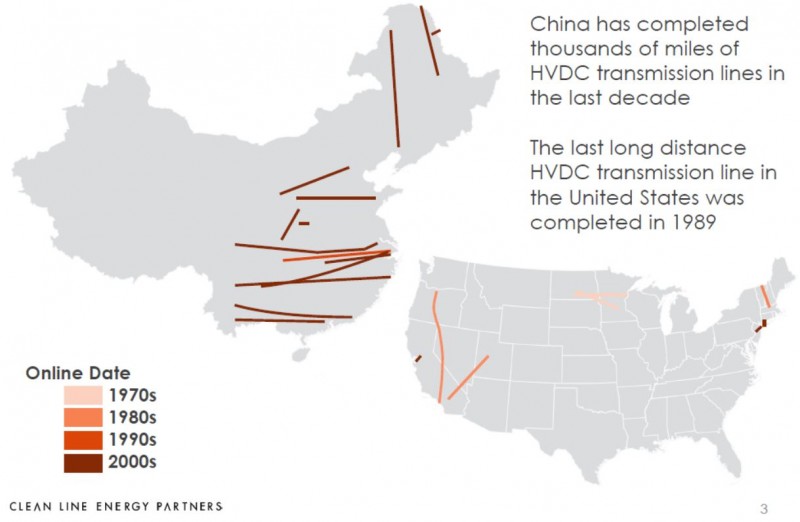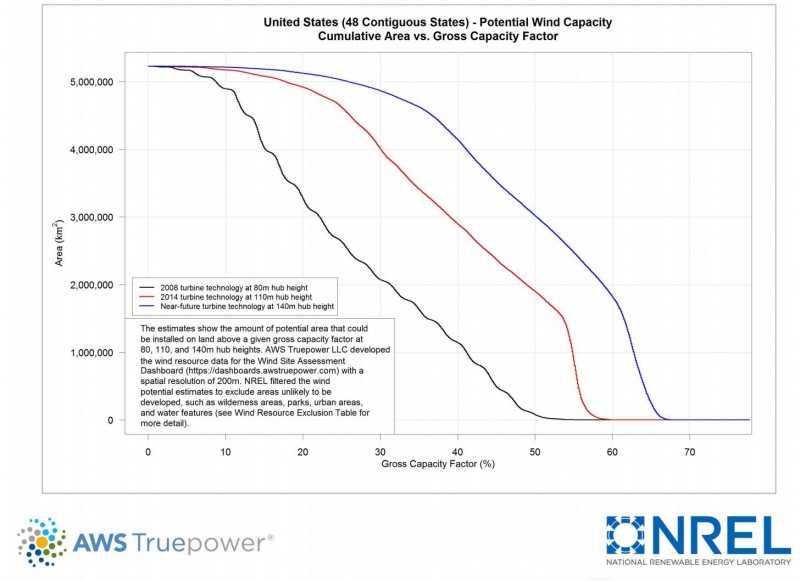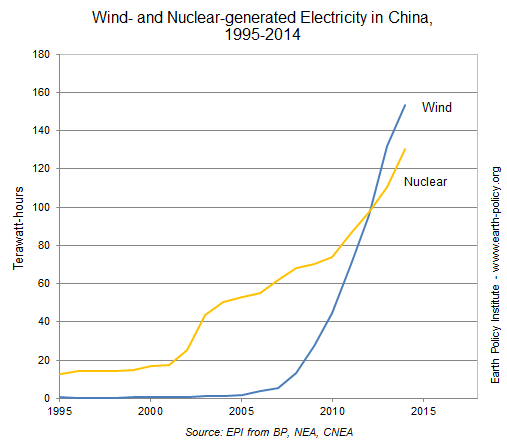In a move that should surprise precisely no one, China’s People’s Liberation Army (PLA) has positioned surface-to-air missiles (SAMs) on one of its South China Sea islands — namely Woody Island, home to Sansha, the administrative capital for the islands, atolls, and other geographic features Beijing claims in the Paracels and Spratlys. For Beijing this move makes eminent sense on many levels: it constitutes yet another reply to American and Southeast Asian challenges to its claims of “indisputable sovereignty” over most of the South China Sea.
For a 19th-century Prussian take on the situation, think about Carl von Clausewitz’s definition of war. War, opines the West’s master of strategy, is essentially fighting, while fighting in turn is “a trial of moral and physical forces through the medium of the latter.” That is, it’s a test of wills settled through deploying manpower and hardware for battlefield encounters. Whoever prevails by force of arms wins — and breaks the enemy’s resolve to continue the fight in the process. Battlefield victory begets strategic and political success.
A war of words, on the other hand, might be described as a trial of moral and physical forces through the medium of perceived physical force. To prevail in a peacetime showdown, convince the opponent and influential outsiders that you would have won in actual combat. Do that — make believers out of important audiences — and you may reap the rewards of victory without enduring the hazards, costs, and sheer caprice of combat. You may win without fighting — as sane leaders everywhere want to.
The missile deployment represents Beijing’s way of trying to make Asian and Western competitors believers in the PLA’s unbeatable martial prowess. Taiwan’s Ministry of National Defense reported spotting two batteries of eight HQ-9 missiles apiece, along with the associated search and fire-control radars. Admiral Harry Harris, commander of the Hawaii-based U.S. Pacific Command, confirmed the report while condemning China’s “militarization” of South China Sea waters and skies — something China’s President Xi Jinping has vowed not to do. Harris’ words corroborate the reporting out of Taipei convincingly.
But what does it all mean? Start with the obvious: this is a weapons system that packs a wallop. The Woody Island deployment spells danger for hostile air forces that venture within a sizable bubble above and around Woody Island. The HQ-9’s maximum range of 200 km, or about 124 miles, traces the outer reaches of that bubble, which encloses some 48,300 square miles of sea area — about the same land area as my former home state of Mississippi — centered on the island. That empowers HQ-9s to bring down aircraft anywhere over the Paracels group — including over Triton Island, where USS Curtis Wilbur staged a “freedom-of-navigation” cruise last month. These lethal “birds” could make short work of the helicopters operated by surface ships like Curtis Wilbur.
That should give American skippers pause before defying Chinese challenges to freedom of the seas — one of which is the freedom to operate aircraft outside coastal states’ territorial seas, namely anywhere more than 12 nautical miles offshore. The HQ-9 is a Frankenmissile. A close cousin to Russia’s S-300 — a missile that keeps American and allied aviators awake nights — it allegedly incorporates technology from U.S. Army Patriot SAMs as well. China reportedly obtained a Patriot from Israel following the first Gulf War, studied it, and used its findings to improve the HQ-9 during the research and development phase. China is the Borg of military affairs: it strives constantly to add foreigners’ technological distinctiveness to its own, making PLA weaponry more lethal than it otherwise might be.
But it would be a mistake to interpret Woody Island’s HQ-9s as a standalone weapons system. Sure, 16 missiles constitutes a potent deterrent to Southeast Asian air forces, which field small numbers of tactical aircraft — many of which are technologically backward. The Vietnam People’s Air Force, to name one such force, boasts an impressive-looking force of 217 Russian-built MiG and Sukhoi fighter aircraft. Of those, however, fully 144 are MiG-21s — Soviet planes that first took to the skies in 1955. These antique warbirds would make easy pickings for HQ-9s. Or, Chinese air defenses could take down a sizable fraction of Vietnam’s more modern, 73-plane inventory should Hanoi hurl them into the fray. The prospect of losing one-fifth of Vietnam’s air force in an afternoon could certainly deter.
It doesn’t stop there, however. PLA commanders’ goal is to erect an increasingly dense thicket of defenses against ships, aircraft, and missiles spanning areas China considers its own. Anti-ship missiles stationed along the mainland’s shorelines can already strike throughout the South China Sea. Land-based, missile-armed aircraft are part of the mix, as are missile-armed surface craft and submarines. So is China’s nascent force of aircraft carriers.h Missile batteries deployed to all Chinese-held islands — naturally occurring, like Woody Island, or manufactured, like Mischief Reef — would integrate with such weaponry, creating overlapping fields of fire. In other words, ships or planes entering China’s no-go zone would face multiple threats along multiple axes. Commanders would think twice before hazarding precious assets and crews in Southeast Asia — and might abjure the attempt altogether.
If so, Beijing will have upheld its territorial claims without fighting. By making believers out of prospective foes, it will have vindicated its indisputable sovereignty in the South China Sea. Sovereignty, at its most basic, means physical control of territory and airspace within certain lines inscribed on the map. Physical supremacy in the South China Sea would let Beijing dictate the rules whereby ships and aircraft pass through regional waters and skies. It would also let Beijing reserve the right to close Southeast Asian sea routes to foreign shipping should it see the need — making one of the world’s great nautical thoroughfares a no-go zone.
So enough with the ###-for-tat debate over who militarized what in Southeast Asia. Navies are the guardians of freedom of the sea. When someone lodges unlawful claims, navies flout those claims to keep them from calcifying into international practice and, perhaps, into customary international law. China, therefore, can always claim America was the first to militarize the South China Sea controversy — a controversy that China itself created by challenging freedom of the seas. If Beijing won this point, it’s a trivial one. It’s doubtful anyone will buy the narrative that a hegemonic United States is bullying poor little China.
And on and on the Clausewitzian dialogue by displays of force will go. To reply to China’s HQ-9 challenge, the United States and its Asian allies must demonstrate that they can exercise maritime freedoms despite the worst the PLA can throw at them. They should also ponder how to prove that they could take down Chinese missile sites should the worst come. If they do that, they may make believers of the Chinese and other observers—and bolster their likelihood of deterring future Chinese misconduct.




 Reply With Quote
Reply With Quote










Bookmarks